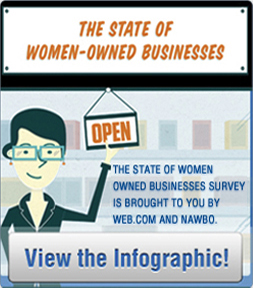 By Karen Axelton
By Karen Axelton
If you filed your business taxes yesterday and are wishing you could have paid less, you might want to check out the Tax Foundation’s 2013 State Business Tax Climate Index. The annual listing ranks the 50 states based on their tax-friendliness to small business.
The Index ranks the states based on 118 different variables in five key areas of taxation: major business taxes, individual income taxes, sales taxes, unemployment insurance taxes and property taxes. The results are added up for an overall ranking. The goal is to reward states for especially strong aspects of their tax systems, and penalize them for especially weak aspects, while also measuring the general competitiveness of their tax systems overall.
The 10 best states for small business taxes this year are:
- Wyoming
- South Dakota
- Nevada
- Alaska
- Florida
- Washington
- New Hampshire
- Montana
- Texas
- Utah
Many of these states made it to the top 10 because they lack a major tax that most other states have, such as corporate tax, sales tax or individual income tax. (All states have property taxes and unemployment insurance taxes.) For instance, Wyoming, Nevada, and South Dakota have no corporate or individual income tax; Alaska has no individual income or state-level sales tax; Florida has no individual income tax; and New Hampshire and Montana have no sales tax.
The 10 worst states for small business taxes are:
- Maryland
- Iowa
- Wisconsin
- North Carolina
- Minnesota
- Rhode Island
- Vermont
- California
- New Jersey
- New York
“The states in the bottom 10 suffer from the same afflictions: complex, non-neutral taxes with comparatively high rates,” the report notes. For instance, although New York has only moderate corporate taxes, having the worst individual income tax, the sixth-worst unemployment insurance taxes and the sixth-worst property taxes put it in the bottom spot.
Which state was “most improved” this year compared to laat? Maine went from 37th to 30th by repealing its alternative minimum tax and changing how it treats net operating losses. Michigan also improved from 18th to 12th overall by replacing its gross receipts tax (the Michigan Business Tax) with a flat 6 percent corporate income tax.
Before you pack up the moving van, keep in mind these rankings are based solely on business taxes. The Tax Foundation cautions that it’s not measuring quality of life or even the best states for business—just the best states in terms of business taxes.
You can view more details and download full rankings here.
Image by Flickr user gemsling (Creative Commons)
Google+
















